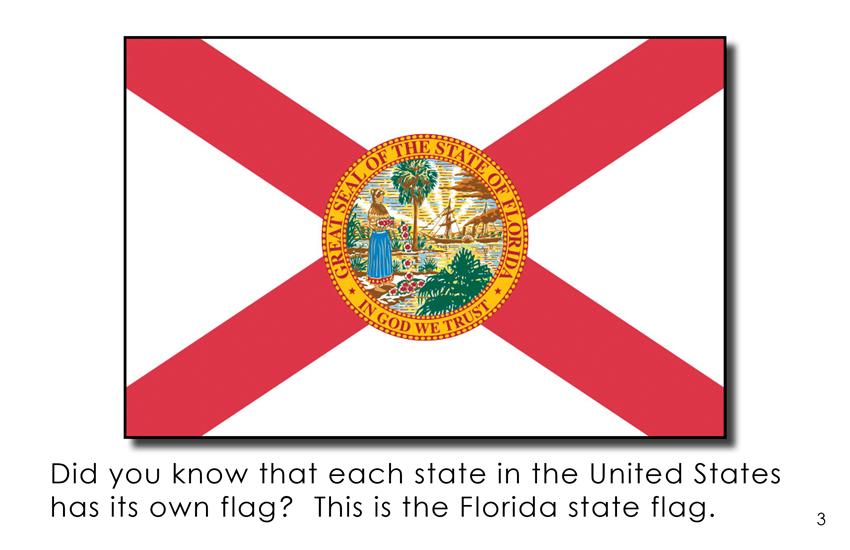
Its official symbol is "bar" the earlier "b" is now deprecated, but still often seen especially in "mb" rather than the proper "mbar" for millibars. The word bar has its origin in the Greek word βάρος (baros), meaning weight. (A pascal is one newton per square meter.) 1 bar = 100 kPa (kilopascals) = 1,000,000 dynes per square centimeter ( baryes).Therefore, even with TPMS, you should check tire pressure once a month, and before a long trip or when carrying extra load.The bar, decibar and millibar are defined as: The system may not be able to accurately determine if a tire is too low if other tires are losing pressure at the same rate.The sensor(s) may not be accurately transmitting tire pressure data to the on-board computer.The TPMS warning light may be set to illuminate below the tire pressure needed to carry the load in the vehicle.Why? Depending on the situation, the TPMS may have limitations such as: But it shouldn’t be a replacement for regular tire pressure checks. No! Understanding what a TPMS warning light means and what to do when it lights up is an important part of a driver’s responsibility. DOES A TPMS REPLACE REGULAR TIRE PRESSURE CHECKS? Check the air pressure of all of the tires with a gauge and add air to the tires that need it. Until repaired, the TPMS is out of order and is not able to warn you of low tire pressure. If the light flashes for approximately 60 to 90 seconds every time you start your car and then remains illuminated, this means the TPMS isn’t functioning properly and you should take it to an automotive service center for an inspection. Use a gauge to check the pressure of all of the tires and add air to any tire that is low TPMS LIGHT FLASHES AND THEN STAYS ON This typically occurs when pressure decreases over night due to a drop in ambient temperature that causes the light to turn on the light may turn off when pressure increases during the day due to rising ambient temperature and/or heat generated from the driving the vehicle. When tire pressure(s) are near the level that triggers an alert, fluctuating temperatures may be causing your TPMS light to turn on and off. Check the pressure of all of the tires with a gauge and determine the cause of pressure loss and add air or service the tire(s) as appropriate. When the TPMS light comes on – and stays on – at least one of your tires is at a low pressure level.


The TPMS light comes on when the tire pressure gets too low or too high.

It’s a tool that can help alert you when pressure is low, but a tire may drop below proper inflation long before the TPMS warning light comes on. (You’ll find the correct pressure on the driver’s door jamb or in the owner’s manual, not on the sidewall of the tire- that’s the tire’s maximum pressure.) Keep in mind, your TPMS does not replace routine tire pressure maintenance. Do you know what to do when the low tire pressure TPMS symbol illuminates? The first thing to do is manually check your tire pressures with a gauge and add air until the pressures reach the vehicle manufacturer specification.


 0 kommentar(er)
0 kommentar(er)
